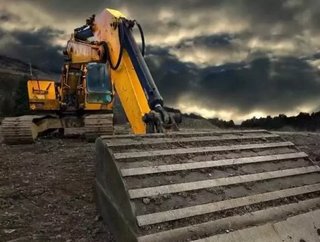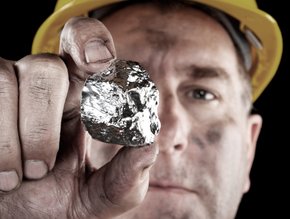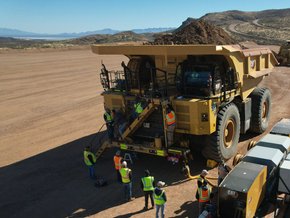Survey: Major investment growth expected for mining technology in Australia

Australian mining companies are investing in equipment-related technologies and likely to increase investment over the next two years, according to a new survey by Timetric’s Mining Intelligence Center (MIC).
The advisory firm surveyed 100 mine managers and other senior decision-makers working across operating mines in Australia and asked respondents to identify which of 12 different mine site technologies they have invested, and will invest, into. The technologies included fleet management, environmental monitoring, energy management, collision avoidance technology and wearable tech.
• Related: How technology can effectively manage and improve fatigue in mining
Survey results show the highest share of respondents (88 percent) have invested in environmental management technologies, followed by an assembly of technologies focused around the vehicles and mobile equipment on a mine site.
“The results show the Australian mining industry recognizes environmental accountability, social responsibility and commercial success are not inseparable. Monitoring the sustainability of a mine operation covers its entire life cycle, from exploration and feasibility, to decommissioning and closure,” said Timetric MIC senior analyst Nez Guevara.
The survey showed five other technologies in which more than 80 percent of respondents’ have invested included fleet management (85 percent), predictive maintenance (85 percent), tyre monitoring (83 percent), scheduling and shift optimization (81 percent) and collision avoidance technologies (80 percent).
• Related: [VIDEO] Improving fleet management with Caterpillar's MineStar technology
According to the survey, 92 percent of mines are expected to have tyre monitoring technology implemented, some 90 percent will have collision avoidance technologies and 77 percent will have implemented remote control and machine automation on site within the next two years.
“The speed at which companies can adapt to become more efficient is crucial for success in an industry that now maintains a tight grip on capital and operational expenses. This is more of a necessity at present, as low commodity prices affect the industry globally,” said Guevara.
“Improvements in technology can change the way companies view mineral deposits, improve operational safety and manage overall costs.”
Stay connected! Follow us on Twitter and like us on Facebook






